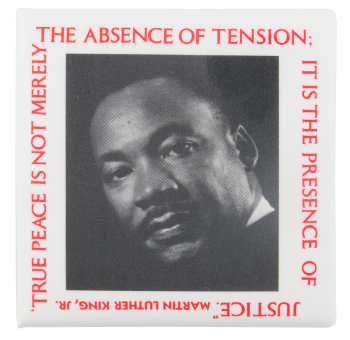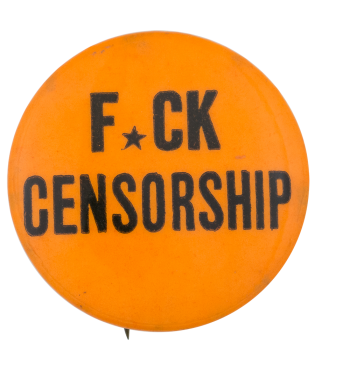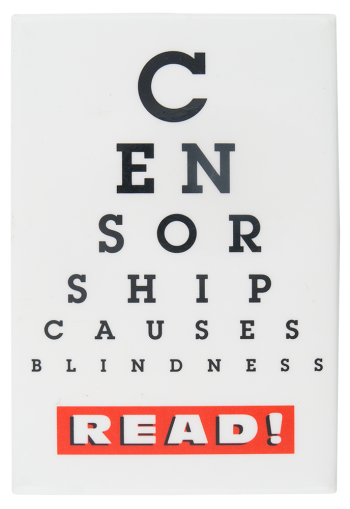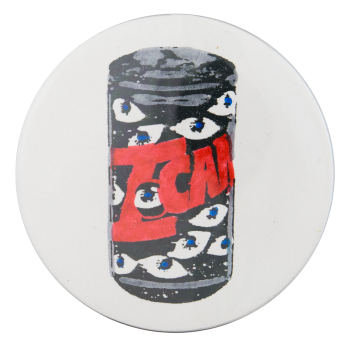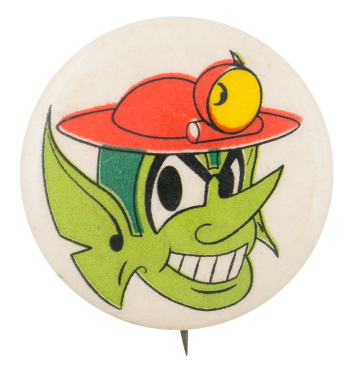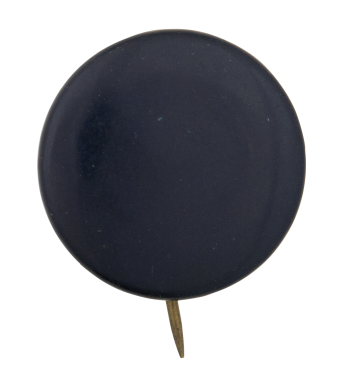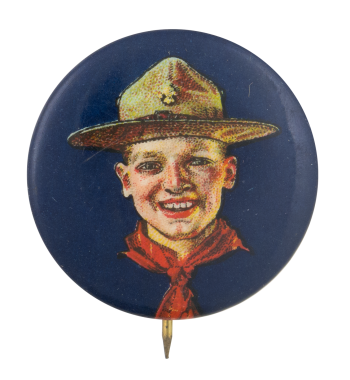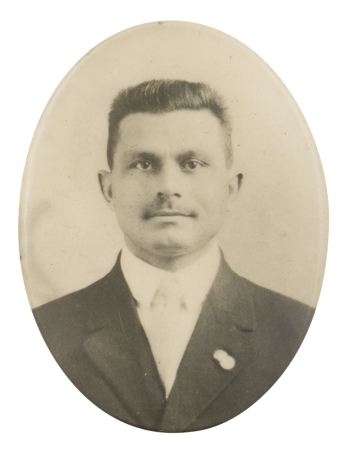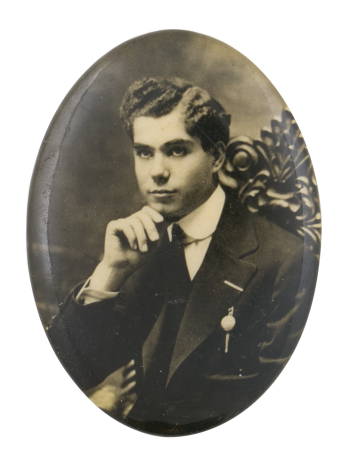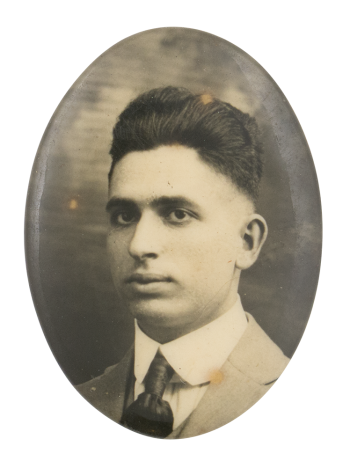The Presence of Justice
| Category | |
|---|---|
| Additional Images | |
| Sub Categories | |
| Text on Button | "TRUE PEACE IS NOT MERELY THE ABSENCE OF TENSION: IT IS THE PRESENCE OF JUSTICE" MARTIN LUTHER KING, JR. |
| Image Description | Black and white photograph of a man's head with an outer white edge with red text |
| Back Paper / Back Info |
DONNELLY/COLT |
| Curl Text | DONNELLY/COLT PROGRESSIVE RESOURCES |
| Back Style | |
| The Shape | |
| The Size | |
| The Manufacturer | |
| Additional Information | Martin Luther King, Jr. was an American born minister who was best known as the leader of the African-American Civil Rights Movement during the 1950's and 60's. King used nonviolent based methods, stemming from his background in the Baptist church, to lead a movement towards racial equality throughout the Southern states and then throughout the entire United States. His first famous protest was the 1955-56 Montgomery Bus Boycott, which started when Rosa Parks refused to give her seat on a Montgomery bus to a white woman and ended with the desegregation of Montgomery busses. Martin Luther King Jr. rose to prominence as an important leader of the boycott and, in 1958 he published a book, Strides Toward Freedom: The Montgomery Story about his experience with the protest. He included accusations from his opponents that there were no problems in Montgomery until he and his movement caused them. The quote "True peace is not the absence of tension; it is the presence of justice" comes from his response to these accusations. |
| Sources |
King, M. L. Jr. (1958) Strides Toward Freedom: The Montgomery Story. Boston, MA: Beacon Press. |
| Catalog ID | CA0263 |

